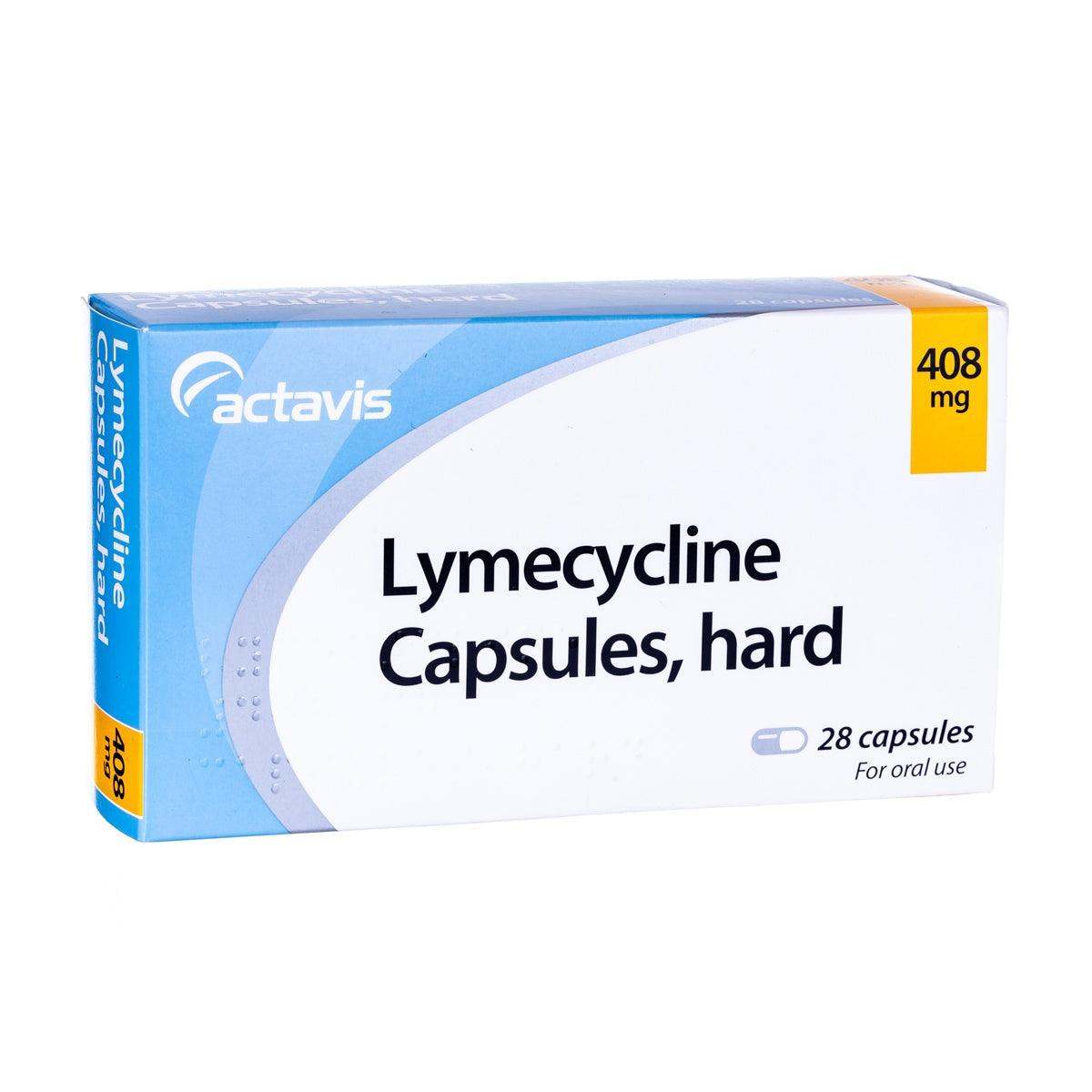- Consultation
- Treatment
- Payment
Treatment options
-
Next day delivery
-
Discreet & confidential
-
UK licensed medication
Lymecycline
Lymecycline is a tetracycline antibiotic used to treat infections such as acne, chest infections and sinus infections....
Lymecycline is a tetracycline antibiotic used to treat infections such as acne, chest infections and sinus infections. It works by reducing the growth of bacteria that causes acne and other skin conditions.
PRICE CHECKER
| 408mg | |
| 28 capsules | £13.80 |
| 56 capsules | £25.00 |
PRICE CHECKER









Description of Lymecycline
Dosage of Lymecycline
Warning and Precautions of Lymecycline
Delivery
Lymecycline Reviews
How to take Lymecycline?
Side Effects of Lymecycline
Lymecycline Patient Leaflet
Additional Information
Product reviews

How it works
This is a quick process and should only take 1 - 2 minutes. All of your answers are confidential, and just like a GP consultation, you will know what treatment is most suitable for you upon completion.
Once you have completed the quick online form, select the treatment option most suitable to you and checkout securely. If you are eligible for treatment you will be asked to upload an ID.
Welzo will send you order to one of its authorised partner as we only act as a referral service. A medical professional will review your answers to the online medical consultation and determine if it’s safe to prescribe and what treatments are available.
Frequently Asked Questions about Lymecycline
What is the difference between Lymecycline and Doxycycline?
Can I drink alcohol while on Lymecycline?
Is this medication suitable for me?
How is the medication delivered?
Does Lymecycline affect depression?
Is Lymecycline good for acne?
How do I order my medication?
Can I cancel or return my order?

Why Welzo
Prescription medication is shipped out for next-day delivery in discreet packaging.
Welzo only works with UK-based pharmacies. All our medication is authentic and issued by GPhC-registered pharmacies and prescribers.
We put you in touch with clinicians and health experts that can support you along every step of your treatment journey.











 Rated Excellent by 26,523+ Reviews
Rated Excellent by 26,523+ Reviews